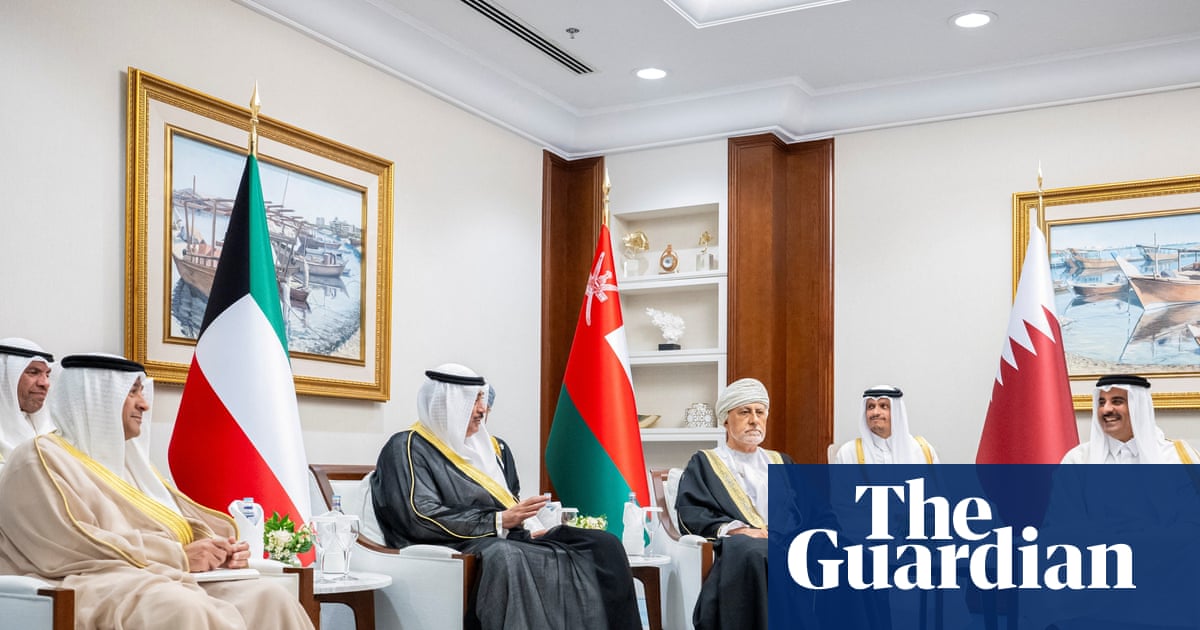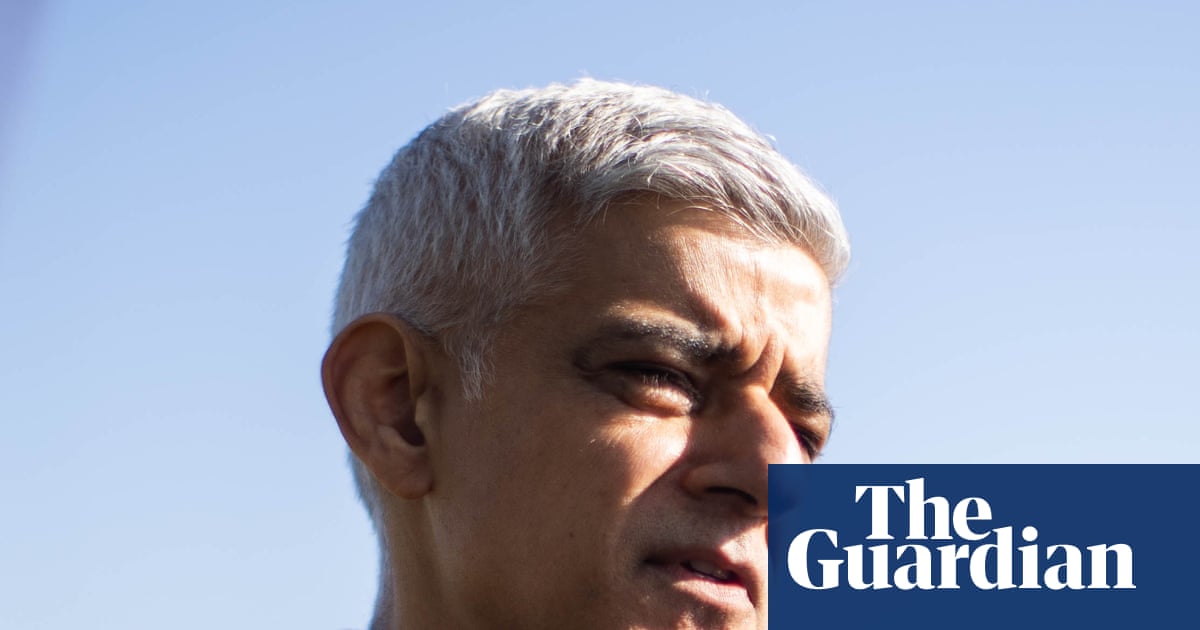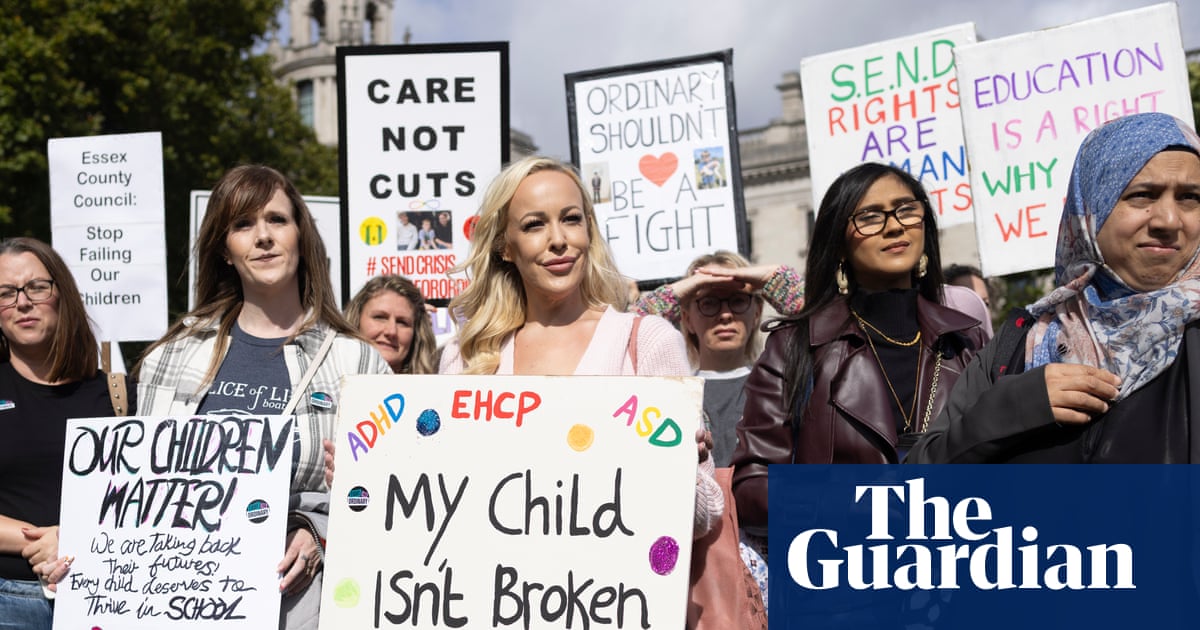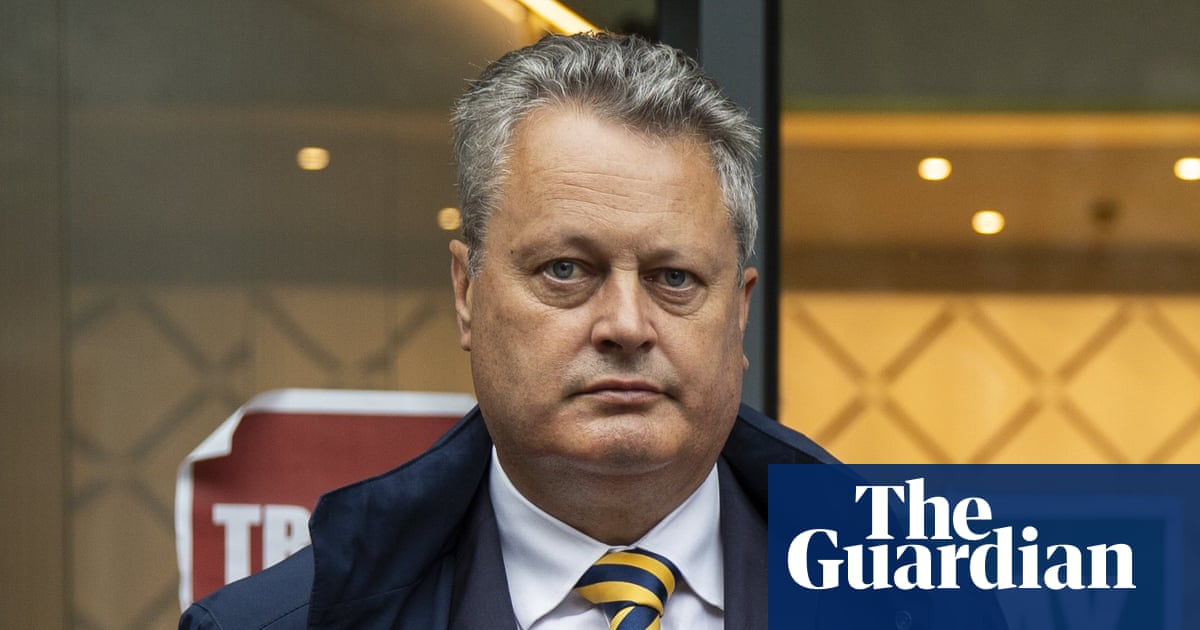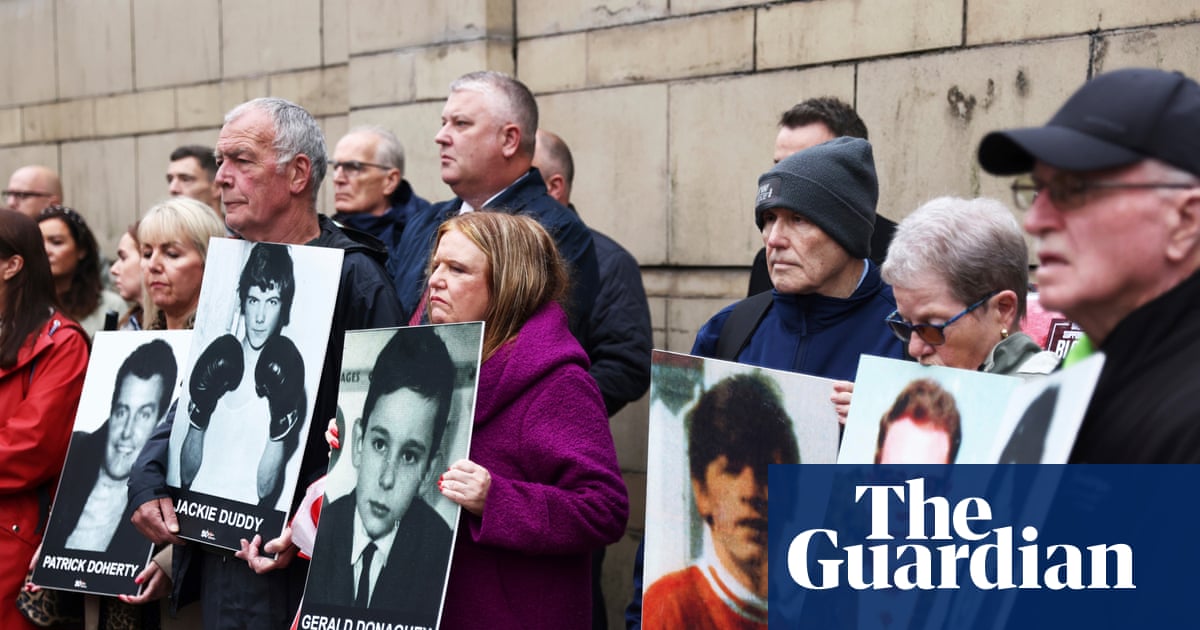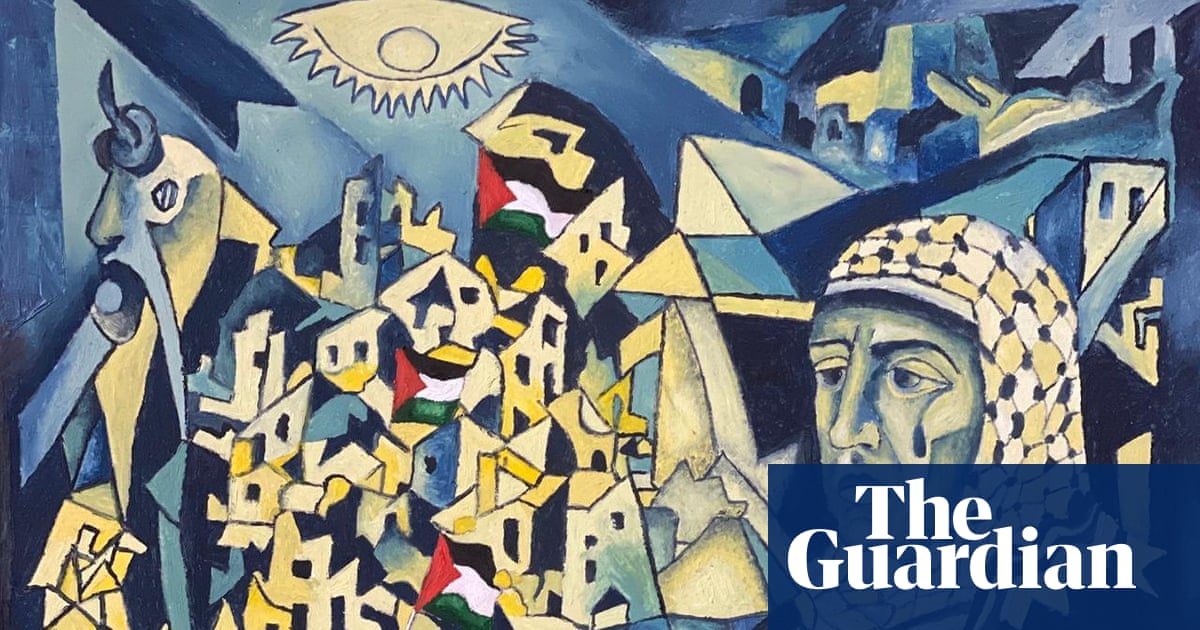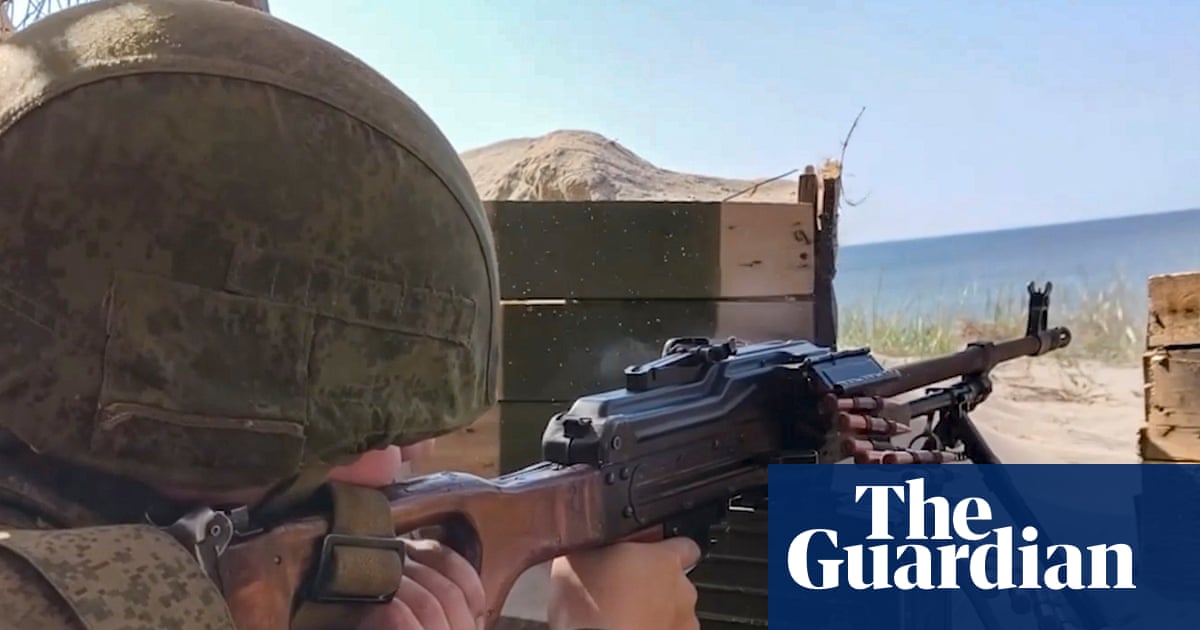Israel has closed crossings into northern Gaza, cutting the most direct route for aid to reach hundreds of thousands of people at risk of famine, as airstrikes and shelling killed dozens more people in the devastated Palestinian territory.
The move to close the crossings on Thursday will increase diplomatic pressure on Israel as attention shifts from its brief conflict with Iran, back to the violence and grave humanitarian crisis in Gaza.
During the 12 days Israel was fighting Iran, more than 800 Palestinians were killed in Gaza – either shot as they desperately sought food in increasingly chaotic circumstances or in successive waves of Israeli strikes and shelling.
Pedro Sánchez, Spain’s prime minister and an outspoken critic of Israel’s offensive, on Thursday became the most prominent European leader to describe the situation in Gaza as a “genocide”.
Speaking before an EU summit in Brussels, Sánchez mentioned an EU report that found “indications” Israel was breaching its human rights obligations under the cooperation deal, which forms the basis for trade ties.
The text cited Israel’s blockade of humanitarian aid for the Palestinian territory, the high number of civilian casualties, attacks on journalists and the massive displacement and destruction caused by the war.
Israel vehemently denies the allegation of war crimes and genocide, which it says are based in anti-Israel bias and antisemitism.
Why is it so difficult to report on Gaza?
ShowCoverage of the war in Gaza is constrained by Israeli attacks on Palestinian journalists and a bar on international reporters entering the Gaza Strip to report independently on the war.
Israel has not allowed foreign reporters to enter Gaza since 7 October 2023, unless they are under Israeli military escort. Reporters who join these trips have no control over where they go, and other restrictions include a bar on speaking to Palestinians in Gaza.
Palestinian journalists and media workers inside Gaza have paid a heavy price for their work reporting on the war, with over 180 killed since the conflict began.
The committee to protect journalists has determined that at least 19 of them “were directly targeted by Israeli forces in killings which CPJ classifies as murders”.
Foreign reporters based in Israel filed a legal petition seeking access to Gaza, but it was rejected by the supreme court on security grounds. Private lobbying by diplomats and public appeals by prominent journalists and media outlets have been ignored by the Israeli government.
To ensure accurate reporting from Gaza given these restrictions, the Guardian works with trusted journalists on the ground; our visual teams verify photo and videos from third parties; and we use clearly sourced data from organisations that have a track record of providing accurate information in Gaza during past conflicts, or during other conflicts or humanitarian crises.
Emma Graham-Harrison, chief Middle East correspondent
The spokesperson for Gaza’s civil defence agency, Mahmud Bassal, said Israeli forces had killed 56 people on Thursday, including six who were waiting for food in two separate locations.
There was no independent confirmation of the claim, but medical records of field hospitals run by the International Committee of the Red Cross and other NGOs seen by the Guardian detail hundreds of injuries from bullets among civilians seeking aid in the last two weeks. Witnesses have also described lethal fire from Israeli troops.
The Israeli military said soldiers had “fired warning shots” in order to prevent “suspects from approaching them” near the Netzarim corridor in central Gaza, where Palestinians gather each night, often in the hope of stopping trucks.
Food has become extremely scarce in Gaza since a tight blockade on all supplies was imposed by Israel throughout March and April, threatening many of the 2.3 million people who live there with a “critical risk of famine”.
Since the blockade was partly lifted last month, the UN has tried to bring in aid but has faced major obstacles, including rubble-choked roads, Israeli military restrictions, continuing airstrikes and growing anarchy.
Reaching the north, where the need is greatest, has been hardest but became much easier when Israel opened the Zikim crossing, allowing wheat and other basics to be transported there directly.
Aid officials in the territory described Thursday’s closure of Zikim, which Israel said was necessary to stop Hamas seizing aid, was “very problematic” and would directly impact aid distribution.
New food distribution points set up by a secretive US- and Israel-backed private organisation called the Gaza Humanitarian Foundation are located in central and south Gaza, out of reach of most of the million people estimated to be in the north.
The Israeli government ordered the closure of the northern crossing points after footage surfaced on social media showing armed men guarding a shipment of aid. Israeli rightwing rivals to Netanyahu claimed they were Hamas, but aid workers and others in Gaza said the guards were loyal to a council of local community leaders who had organised protection for a convoy of much-needed supplies.
The Higher Commission for Tribal Affairs, which represents influential clans in the territory, said the guards had been organised “solely through tribal efforts” and that no Palestinian faction – a reference to militant groups in Gaza including Hamas – was involved.
“The clans came … to form a stance to prevent the aggressors and the thieves from stealing the food that belongs to our people,” said Abu Salman Al Moghani, a representative of the Commission.
On Monday, 79 trucks from aid organizations and the international community containing food for children, medical supplies and medications were transferred into Gaza after undergoing thorough security inspections, Israeli authorities said. On Tuesday, the total was 71.
The World Health Organization said on Thursday that it had delivered its first medical shipment into Gaza since 2 March, adding however that the nine truckloads were “a drop in the ocean”.
Last week the WHO said only 17 of Gaza’s 36 hospitals were minimally to partly functional, with the rest unable to function at all.
Israel launched its campaign aiming to destroy Hamas after the group’s 7 October 2023 attack on southern Israel, in which militants killed about 1,200 people, mostly civilians, and took another 251 hostage. The militants still hold 49 hostages, fewer than half of them alive.
The overall death toll in Gaza in the 20-month conflict has now reached 56,259, mostly civilians.
Hopes of a third ceasefire were raised on Wednesday when the US president, Donald Trump, told reporters he believed “great progress is being made on Gaza”. But Hamas and Israeli officials have since suggested no agreement is close.
Taher al-Nunu, a Hamas official, said on Wednesday that talks with mediators had “intensified” but that the group had “not yet received any new proposals” to end the war.
Israeli officials said only that efforts to return the hostages were ongoing “on the battlefield and via negotiations”.
Seven Israeli soldiers were killed in a single attack in southern Gaza on Tuesday, the military’s deadliest day in the territory since it broke a ceasefire with Hamas in March.
Benjamin Netanyahu, Israel’s prime minister, is facing growing calls from opposition politicians, relatives of hostages in Gaza and much of the Israeli public to bring an end to the fighting.

.png) 2 months ago
49
2 months ago
49
